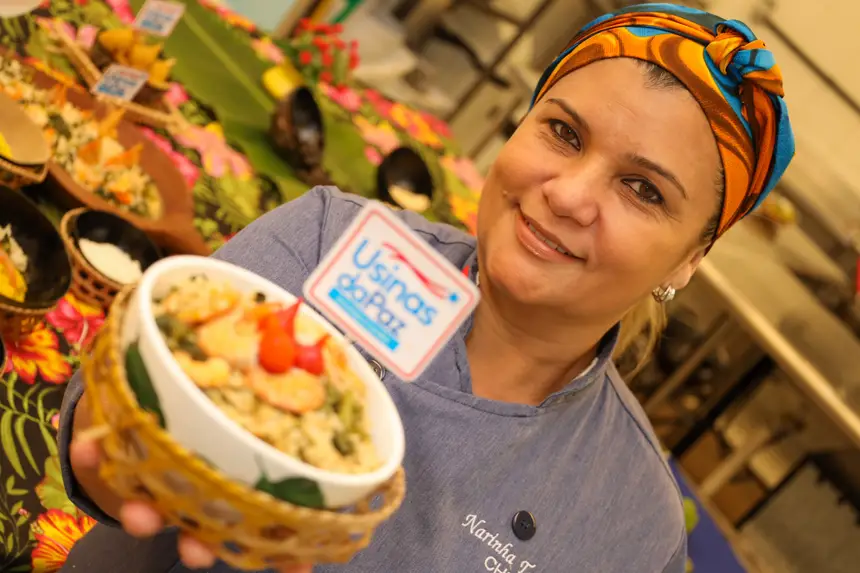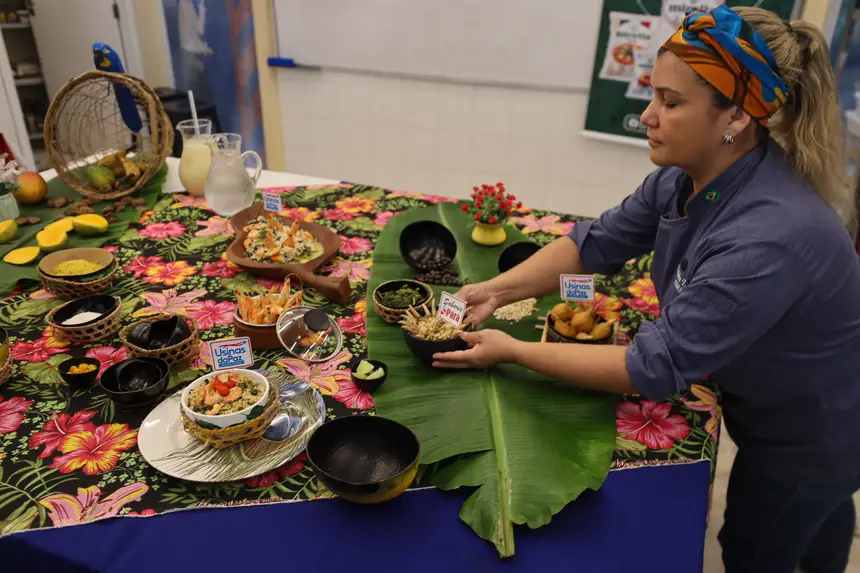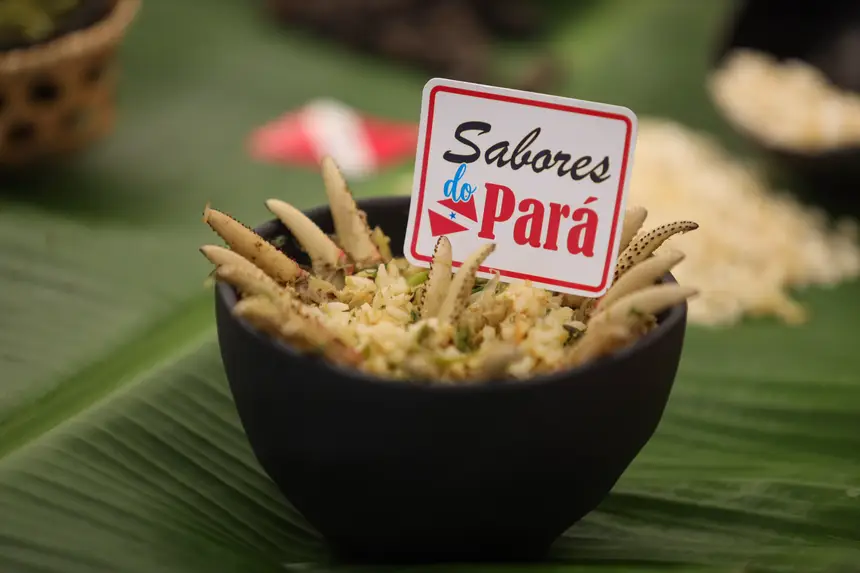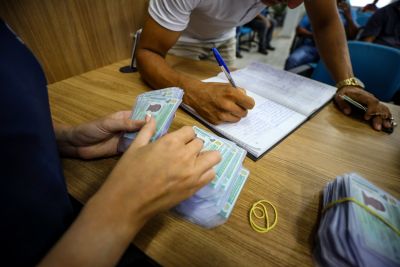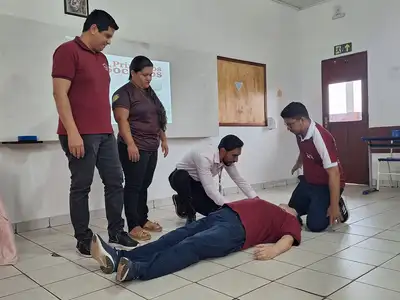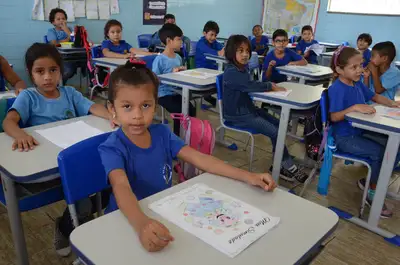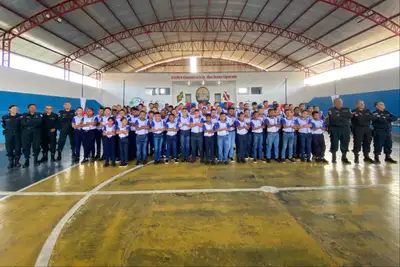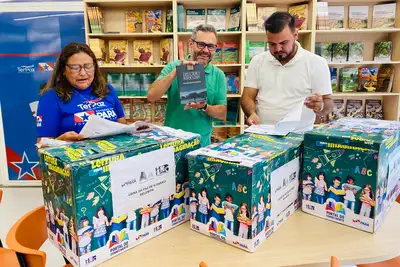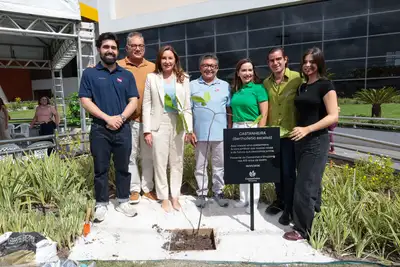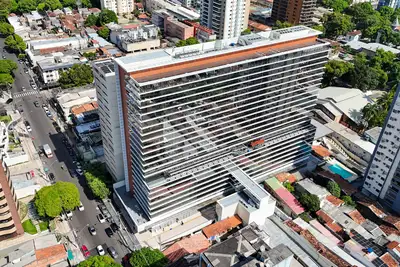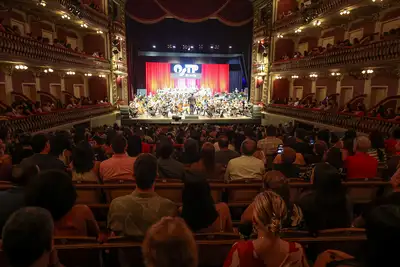The Government of Pará Values the Diversity of Regional Cuisine as a Cultural and Economic Strategy
With initiatives that unite qualification, local production, and social inclusion, the State celebrates the Day of Paraense Cuisine this Friday (25)
This Friday (25), the Government of the State of Pará celebrates the Day of Paraense Cuisine, a date that honors the richness of flavors and the recognition of regional gastronomy as an intangible cultural heritage. Recognized as one of the greatest symbols of Paraense identity, local cuisine also plays a strategic role in promoting tourism, the economy, and social inclusion.
The State Department of Tourism (Setur) has invested in gastronomy as a promotional asset for the State, especially in preparation for the 30th United Nations Conference on Climate Change (COP 30), which will be held in November 2025 in Belém.
“The idea is that these experiences are qualified and promoted especially during COP 30, when Belém will be at the center of international attention. It will be an opportunity to showcase the gastronomic power of Pará as a tourist and cultural asset,” highlights Alessandra Pamplona, director of Tourism Products at Setur.
Among the strategies is the inclusion of Paraense chefs in delegations representing the State at national and international tourism fairs, bringing typical dishes, native ingredients, and the richness of Amazonian cuisine to the knowledge of the global audience.
Through the State Department of Science, Technology, and Higher, Professional, and Technological Education (Sectet), the Usina da Paz Jurunas/Condor offers gastronomy courses that combine tradition and innovation. Chef and instructor Narinha Tabosa bets on recipes like cumaru pudding, jambu mayonnaise, and pineapple brigadeiro with jambu cachaça to highlight local ingredients and encourage sustainability.
“During the courses, we use Paraense ingredients to value our food culture and discover new possibilities. This opens up a range of opportunities for personal and professional growth,” says Narinha.
Student Rosemary Quadros reinforces the impact of the training. “The Usina makes all this cultural difference, increasingly creating and exchanging experiences,” she points out.
Local Production and Sustainability
The Technical Assistance and Rural Extension Company of the State of Pará (Emater) also works on valuing regional cuisine, encouraging the cultivation of foods such as cocoa, cassava, açaí, pupunha, and vegetables. The actions are part of projects aimed at citizenship, culture, and food education.
“These beneficiaries produce in an agroecological or organic way, in productive backyards, and value our Paraense cuisine,” explains Cristiane Corrêa, technical coordinator of Emater.
Food Culture in Schools
In the state education network, the State Department of Education (Seduc) has promoted nutritious and regionalized menus. Since the second semester of 2024, fruits like açaí and cupuaçu have been included in school meals.
“The food in our school has improved a lot, especially in the variety of the menu. Açaí, for me, is the best. I give a 10 to our school meals,” says Camille Gavinho, a 3rd-year high school student at the State School Oneide de Souza Tavares.


